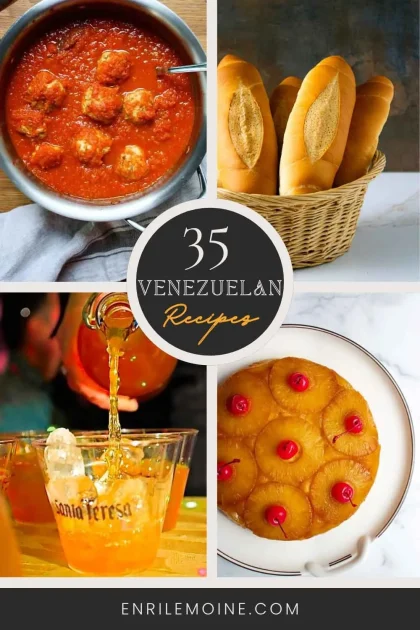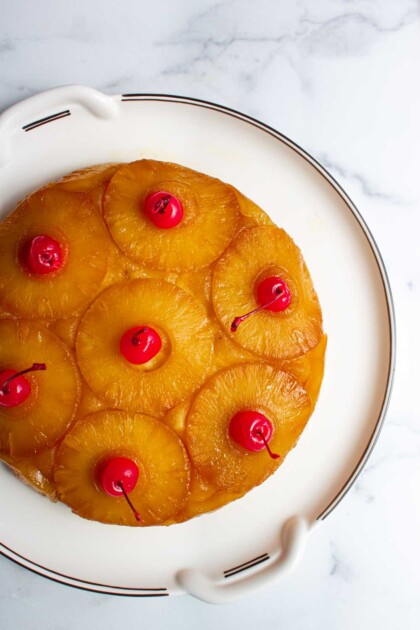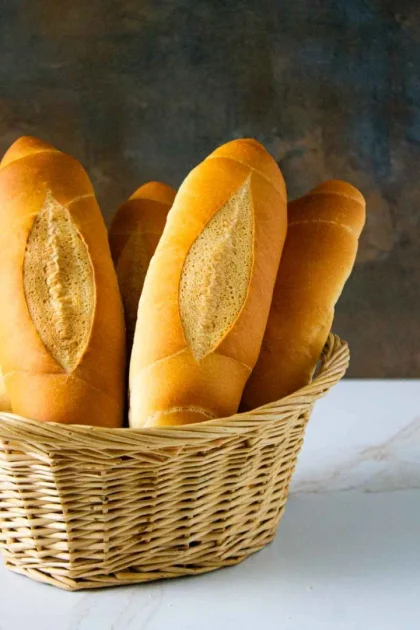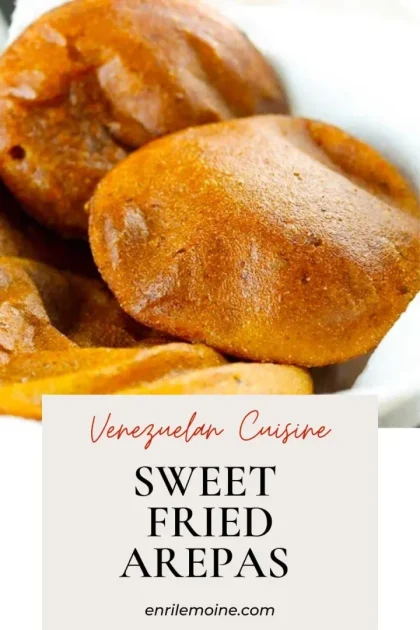Last Saturday we were walking through our neighborhood and we came across an amazing kumquat tree. Not only because of its size. The tree was at least 16 feet tall! I was amazed because it was full of precious orange kumquats.
A mature kumquat tree usually produces 30-50 pounds of this tiny, oval, colorful citrus. The one in front of us was a true gold mine!
A girl from the house saw my face and out of the blue, invited us to pick some. She was in a hurry going to a baseball game and her brother handed us two bags with a nice “serve yourself.”
We picked at least 10 pounds, enough to fill two bags. They were at their peak.
Even if they can be eaten raw and we haven’t stop eating them, my first thought was to make marmalade, to preserve the most fruit.
I didn’t know about kumquats until I moved to Southern California. Originally from Asia, kumquats were brought to Europe in 1846 by Scottish botanist Robert Fortune, a collector for the London Horticultural Society. Soon they were brought to North America.
Like all the citruses, kumquats found the perfect habitat in the blessed warm, dry Southern California weather. There are round kumquats and oval kumquats, like the ones we got (Fortunella margarita,) also known as the Nagami kumquat.
I followed my instincts with this marmalade. I saved some fruit to slice and mix in a salad.
I’m also thinking about using kumquats in a cocktail, and not only as a garnish… I promise I’ll work on that and keep you posted. In the meantime, here is the recipe of my bitter sweet kumquat marmalade.
Kumquat Marmalade | Ingredients for 12-6 oz jars4 pounds of kumquats
4 pounds (almost 2 kilos)
4 cups of sugar (5 if you like it sweet)
4 cups of water
2 pouches of liquid pectine
With a paring knife, cut the end of each kumquat. Slice them in half lengthwise. Core the central white stuff and prick the seeds with the knife. Save the white membrane and the seeds as a natural pectin source. Finely slice the fruit crosswise. Layer the fruit and the sugar in a bowl and stir gently. Cover and let stand for 6 hours.
Tie the white stuff and seeds in several layers of cheesecloth. Place them in a large pan with the water. Bring to a boil over medium-high heat, then reduce heat, cover, and simmer for 20 minutes. Remove from heat and let stand until cool enough to handle. Gently squeeze the cheesecloth bundle over the pot to remove most of the liquid, set aside until completely cool. Squeeze the cheesecloth, as many times as needed to extract the pectin which looks like a dark yellow jelly. Mix the pectine with the liquid.
Measure the liquid and, if necesary, add water to complete 4 cups. In a big pot, combine the liquid with the fruit and the additional pectin. Over medium to high heat boil for 10-15 minutes, taking away the foam. Keep boiling until it gets the jelly consistency. You may need to add some extra pectin and boil until the marmalade gets the desired consistency.
Canning
.Pour the marmalade in sterilized 6-ounce jars. Make sure to leave ½ -inch headspace and that there is no food in the headspace (food particles may interfere with sealing).
.Cap the jars for processing by fitting a screw band snugly over the jar rim and lid.
.Fill a water bath canner halfway with water. Place the jars in the rack. Make sure the water cover the jars at least by 1 inch.
.Cover the canner and bring the water to boil. Once the water starts boiling, process for 20-25 minutes.
.Place the processed jars on kitchen towels. Let them rest until they cool down. The lids will pop and become concave, indicating the jars are sealed. If the lid doesn’t pop and doesn’t look concave, reprocess the jar with a new lid or refrigerate and eat in the next few days.
Canned marmalade should be kept in a dark place up to one year.
To print the recipe click here.
- Mashed Potatoes with Leeks and Swiss Chard Recipe - October 15, 2025
- 35 Foolproof and Fuss-Free Authentic Venezuelan Recipes - October 2, 2025
- Venezuelan Pineapple Upside-Down Cake Recipe - September 23, 2025







